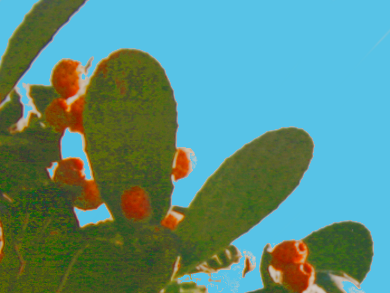To clean contaminated water for farmed fish, drinking, and other uses, Norma Alcantar, Tunan Peng, and colleagues, University of South Florida (USF), Tampa, FL, USA, investigate the use of mucilage or inner “guts” of cacti. The researchers found an attraction between the mucilage of cactus and arsenic, sediments, bacteria, and other contaminants. It captures these substances and forms a large mass or ‘floc’, looking similar to cotton candy, which can easily be separated.
Currently, the researchers investigate whether cactus extract could clean recirculating aquarium water, as well as water in aquaculture tanks and ponds at Mote Marine Laboratory in Sarasota, FL, USA. Such tanks create conditions that encourage bacterial growth that in turn develops unpleasant smelly compounds, such as 2-methylisoborneol (MIB) and (–)-geosmin (GSM). These compounds result in the musty, earthy flavor that is sometimes in the water and the fish. So far, the fish and tanks are purgedwith fresh water. This takes months, uses large amounts of water, and stresses the fish. During the investigation of different concentrations and types of cactus mucilage extraction solution, Fourier Transform Infrared Spectroscopy (FTIR) and GC-MS are performed to monitor the concentration change of GSM and MIB. UV-TiO2 photo-catalysis will be combined with the mucilage extraction solution to further enhance the removal effectiveness of odor compounds.
In addition, the researchers try to determine the mechanism that allows mucilage to be such an effective, cheap, and renewable purifier and study the chemical composition of the mucilage, which is made up of carbohydrates and some 60 sugars. The idea is to synthesize it in a lab.
- Presented at the 251st National Meeting & Exposition of the American Chemical Society (ACS) in San Diego, CA, USA
Video on Research
- More on the ACS meeting in San Diego, CA, USA




